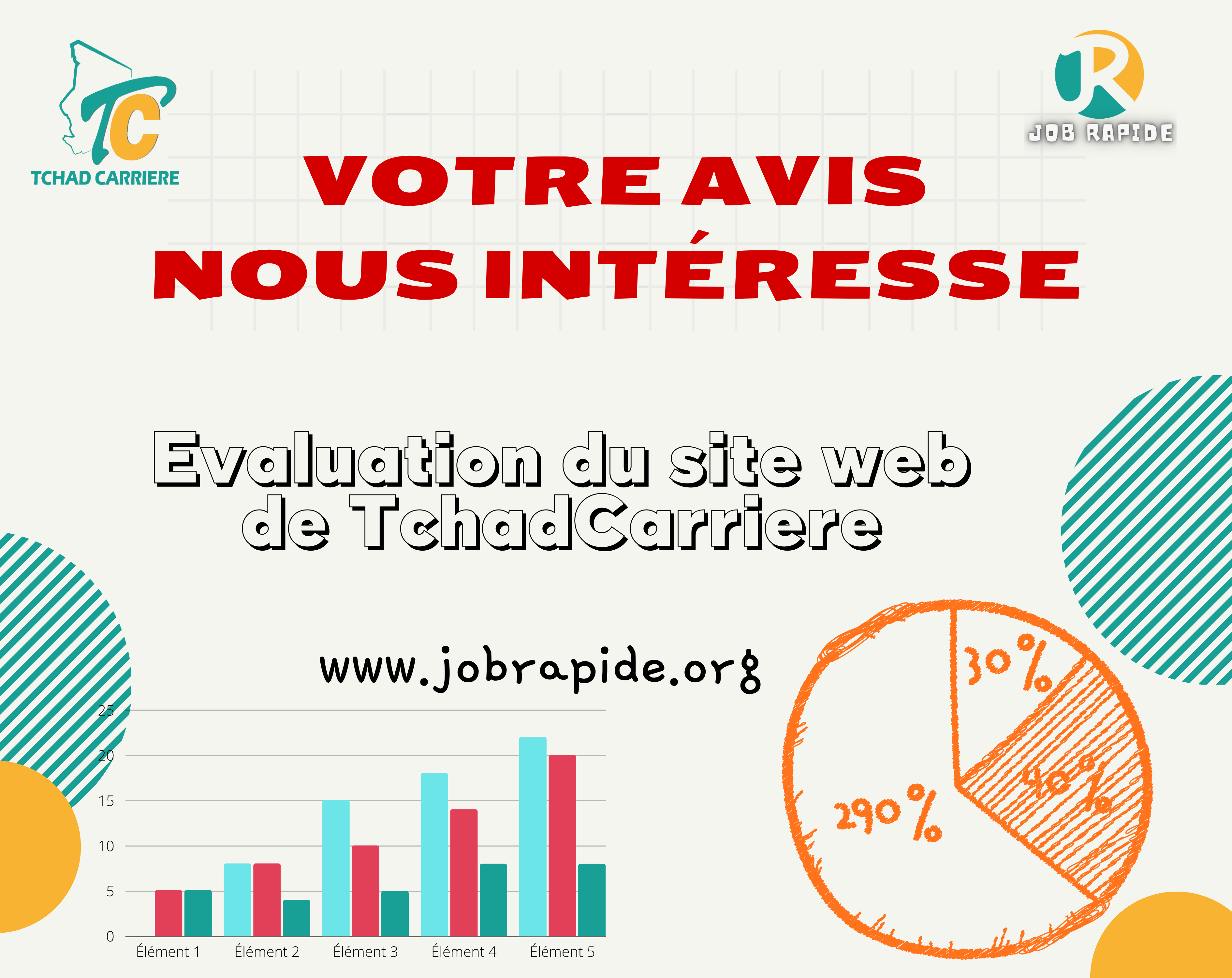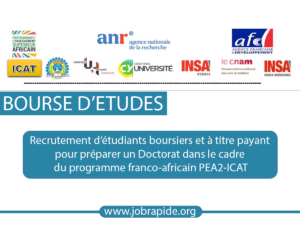First, the strategist predicts a late April market surge, as historical pattern traditionally see investors take gains ahead of tax season, leading to a temporary sell-off before a fresh uptick later in the month. Investors will get their first meaningful feedback on the fourth quarter when big bank stocks Citigroup (C), JPMorgan Chase (JPM) and Wells Fargo (WFC) kick off earnings season and release their quarterly reports on April 12. Adam Turnquist, chief technical strategist for LPL Financial, says the S&P 500 is in a strong uptrend heading into earnings season.
Mortgage rates climb, closing in on 7%
Super Micro Computer’s stock has returned a staggering 502% since the beginning of 2023. The average mortgage rate is based on a survey of conventional home purchase loans for borrowers who put 20% down and have excellent credit, according to Freddie Mac. But many buyers who put down less money up front or have less than perfect credit will pay more.
US stocks soar on a wild day for Wall Street
“It’s highly unlikely they would say the US is in recession now given the strength of the jobs market,” he said, adding that the poor GDP reports were largely driven by inventory drawdowns. The S&P 500 fell 3% and the Nasdaq was down 3.9%, wiping out last week’s gains. Investors are https://forex-review.net/bdswiss/ concerned that the Federal Reserve’s response to Tuesday’s report could hurt the US economy — possibly sending it into a recession. The reason stocks have outperformed all other asset classes over the last century is because they benefit from long-winded economic expansions.
Forget Moonshots. Investors Want Profit Now.
- But could a second term for Joe Biden, coupled with Democrats taking control of both houses of Congress, set stocks up for a mammoth crash?
- As stocks settle after the trading day, levels might still change slightly.
- Already, the Fed has raised rates by a historic half point and then twice by three quarters of a point.
- The next couple of months will be crucial to the central bank’s effort to navigate a so-called soft landing for the U.S. economy without tipping it into a recession or allowing a potentially devastating rebound in inflation.
- These are the 5 reasons Lee believes the current stock market decline is nearing its end.
The S&P 500 was down more than 3% and just four stocks in the blue chip index were in positive territory. Agriculture company Corteva (CTVA) was the S&P 500 leader, gaining 2% following news of a stock buyback. Fertilizer stocks CF Industries (CF) and Mosaic (MOS) and chemicals company Albemarle (ALB) were higher too.
Wayne Duggan has a decade of experience covering breaking market news and providing analysis and commentary related to popular stocks. News & World Report and a regular contributor for Forbes Advisor and USA Today. The Labor Department reported the U.S. economy added 275,000 jobs in February, exceeding economist estimates of 198,000 jobs added. However, the U.S. unemployment rate of 3.9% was up slightly from January and is currently at its highest level since January 2022.
The good news is that she thinks it will be shallow and short-lived. The worst economic numbers will be in the fourth quarter of this year and early 2023, Peterson said. “Inflation went up like an elevator but it will go down like an escalator,” Brian Belski, chief investment strategist with BMO Capital Markets, told CNN’s Alison Kosik on “Markets Now” Wednesday. The market has grown increasingly nervous that the Fed will raise rates faster and higher than expected to get inflation under control. The forecast is for a year-over-year increase of 8.8% for overall producer prices and 7.1% over the past 12 months for core PPI, which excludes food and energy costs.
Analysts project full-year S&P 500 earnings growth of 11.0% in 2024, but analysts are more optimistic about some market sectors than others. The consumer price index gained 3.2% year-over-year in February, down from peak inflation levels of 9.1% in June 2022 but still well above the Federal Reserve’s 2% long-term target. The top-performing S&P 500 stock of 2023, AI chipmaker Nvidia (NVDA), also continued its bullish momentum in the first quarter of 2024. Nvidia shares are up 82% year-to-date and 321% since the beginning of last year, pushing the company’s market capitalization to $2.29 trillion. The food at home index, a proxy for grocery store prices, increased 0.7% in September from the month prior and 13% over the last year, according to new government data released Thursday. Andrew Patterson, senior international economist at Vanguard, told me he thinks rate cuts are unlikely until 2024.
In other words, Wall Street is now expecting a 62.5% chance that the Fed will raise rates by just a half-point at its next meeting. That’s up from odds of only 32% for the smaller https://forex-review.net/ increase a day ago. The next Federal Reserve meeting is still six weeks away, and a lot more data on inflation, the job market and consumer spending will come out in the meantime.
Already, the Fed has raised rates by a historic half point and then twice by three quarters of a point. The US Consumer Price Index Tuesday showed prices in August rose a bit. Although annual inflation fell compared to July, it didn’t fall as much as economists expected. That could give the Fed license to hike interest rates even faster and higher than forecast. The Dow plummeted nearly 900 points in late morning trading…and all 30 Dow components were in the red. Nine Dow stocks, including tech giants Intel (INTC), Microsoft (MSFT), Apple (AAPL) and Salesforce (CRM), were down more than 4% each.
According to CFRA Research, there were 23 years between Dec. 31, 1944 and Dec. 31, 2021 where Democrats controlled Congress and the White House. In those 23 years, the benchmark S&P 500 averaged a 10.5% return. While this is a bit below the 12.9% average annual return under a Republican unified government, it’s still an above-average return. The caveat to the above is that M2 money supply expanded at its fastest rate ever during the COVID-19 pandemic. The decline we’re seeing now could just be a simple reversion to the mean. Nevertheless, having less capital available for transactions has historically been a recipe for a U.S. recession.
This combination of policy proposals and economic headwinds could spell trouble for stocks if Democrats control Congress and the White House. Whereas the traditional P/E ratio divides a company’s share price into its trailing-12-month EPS, the Shiller P/E is based on average inflation-adjusted earnings from the last 10 years. Removing single-year hiccups that could skew the P/E ratio makes the Shiller P/E a potentially more attractive valuation tool over the bitstamp review long run. Lee pointed to recent commentary from Fundstrat technical strategist Mark Newton, who argues that a bottom in the stock market could appear by early next week. Since October 2022, the put-to-call ratio hit 1.13 seven times, and six out of those seven times, it represented a bottom in the stock market. Finally, Flood notes that the current sentiment isn’t screaming “all-time bullish” just yet, as hedge funds have recently seen money flowing out.
US stocks soared higher on Wednesday after a key inflation index showed that annual inflation is slowing, surprising analysts who expected worse news. The upward move was bolstered by a strong key inflation report which showed a better-than-expected slowdown for prices in the United States. The stock market sell-off following Tuesday’s inflation report is turning into a rout.
If that’s true, inflation pressures could finally start to subside more dramatically. Investors may be hoping that’s the case, which is one reason to justify the big stock market surge Thursday. So with rents rising dramatically over the past year (along with housing prices), it’s no wonder that CPI numbers continue to come in higher than expected. But there is some confusion about whether rent increases are finally peaking or not.
Schlumberger (SLB), Halliburton (HAL) and Coterra Energy (CTRA) were all in the red Wednesday morning. Randall Kroszner, former governor at the Federal Reserve, told CNN that while inflation has likely peaked, it will take at least a year before inflation returns to the 2% level targeted by the Fed. Still, Kroszner warns there is a “heightened risk” of recession over the next year or two because the Fed is raising interest rates and fiscal stimulus is unlikely.
The combination of the central bank’s rate hikes, investor’s concerns about a recession and mixed economic news has made mortgage rates volatile over the past several months. Stocks were soaring in midday trading Thursday, despite the fact that the consumer price index rose more than expected. All 30 Dow stocks were higher, with the energy and financial sectors posting the biggest gains.
The US government will release figures for the producer price index, which measures prices at the wholesale level…as opposed to today’s consumer price index report. Furthermore, there have been 13 bull markets in the S&P 500 since September 1929 that have lasted longer than the lengthiest bear market in the broad-based index. The other catalyst for a potential crash in stocks is the historic decline in U.S.
The market is worried that hotter-than-expected inflation will prompt the Federal Reserve to raise interest rates more aggressively, inflicting serious damage to the US economy in the process. Based on a study conducted by CFRA Research, there isn’t a political scenario that’s produced a negative average annual return dating back to 1945. No matter how the puzzle pieces are arranged, patient investors have always come out as winners. Founded in 1993, The Motley Fool is a financial services company dedicated to making the world smarter, happier, and richer.
But for what it’s worth, investors are now of the mindset that the Fed won’t have to raise rates as aggressively as previously thought come September 21. But the Federal Reserve still may need to keep aggressively raising rates, despite the slowdown in inflation. Dana Peterson, chief economist with The Conference Board, told Kosik that she thinks a three-quarters of a point rate hike is still likely in September. Wall Street’s mood has largely tracked the rapidly changing expectations regarding inflation and rate hikes. Just a month ago, before Fed chair Jerome Powell gave a speech that suggested more big rate increases were coming, the Fear & Greed Index was indicating levels of Greed, a sign of complacency.
Jeremy Straub, CEO and chief investment officer at Coastal Wealth, says interest rate cuts would add fuel to the stock market rally, but they may not be necessary for the S&P 500 to maintain its positive momentum. The technology, consumer cyclical and consumer defensive sectors led the market gains in the first quarter, each generating total returns of around 8% or more. The stock market rally has been broad-based, with only the real estate sector finishing the quarter in the red.
Builders DR Horton (DHI), Pulte (PHM), NVR (NVR) and Lennar (LEN) soared. So did home products and furnishings manufacturers such as Whirlpool (WHR), Sherwin-Williams (SHW), carpet maker Mohawk (MHK) and plumbing supplies company Masco (MAS). The Dow has tumbled 900 points as Wall Street waves the white flag on inflation.
While the Federal Reserve has made significant progress on inflation, some economists are worried so-called “sticky” inflation will make the last leg of the Fed’s mission the hardest of all. For example, shelter prices continue to rise, gaining 0.4% on a monthly basis and 5.7% on an annual basis in February. The S&P 500 posted a total return of 3.2% in March, propelled by relatively positive economic data. It is now ahead 10.6% year-to-date in 2024 as concerns over a U.S. economic recession have subsided and investors have shifted their attention to the timing of a Federal Reserve pivot from monetary policy tightening to policy easing. He said the next several months will undoubtedly be important for the economy and the housing market.
Peak bullishness tends to be a contrarian indicator that says the next move for stocks is likely down, but the market isn’t there yet. Carol Schleif, chief investment officer at BMO Family Office, says investors shouldn’t necessarily be spooked if companies don’t live up to sky high expectations this earnings season. The Fed is reaching a critical point in its battle against inflation. The next couple of months will be crucial to the central bank’s effort to navigate a so-called soft landing for the U.S. economy without tipping it into a recession or allowing a potentially devastating rebound in inflation. Stocks deflated Thursday following the inflation report, but there were a handful of blue chip companies holding up well. Three in particular were solidly in green thanks to strong earnings.
GDP growth of 3.4% in the fourth quarter, suggesting elevated interest rates aren’t hurting U.S. corporations as much as some economists had feared. Roblox isn’t the only video game company that’s getting hit by growing fears of a weakening economy. Grand Theft Auto maker Take-Two Interactive (TTWO), which recently bought mobile gaming company Zynga, also disappointed Wall Street with its latest results, The stock fell 4% Tuesday on the news.
“Real GDP is growing solidly, fueled by solid consumer spending and brisk growth of investment in nonresidential structures,” Adams says. The Fed’s updated long-term economic projections are calling for three interest rate cuts of 25 basis points each by the end of 2024. The pizza king’s sales topped forecasts, even though the strong dollar ate into revenue a bit.
It’s these lengthy expansions that allow corporate profits to really grow. But as noted, Democratic Party policy proposals aren’t the only concern. There are two economic headwinds that could spell trouble for Wall Street regardless of whether Biden or Trump wins in November. Lee highlighted that the S&P 500 saw a five-day negative rate of change of 3.6%. The S&P 500 has experienced this pace of losses seven times since October 2022, and in five of those seven times, it served as an immediate tradeable low. The decline in stocks has been driven by a one-two risk-off punch related to disappointment around recent inflation trends and growing geopolitical risk in the Middle East.
Third, future confidence stems from money market funds, with a massive inflow of $1.6 trillion occurring since 2023. This indicates to Flood that “there’s still plenty of dry powder out there” for investors to deploy into the stock market. Second, he pointed out that publicly-traded companies remain important buyers of their own stocks. In this case, the stock supply squeeze is poised to drive up huge market demand, fueling a forthcoming stock rally. “Current levels in stocks leave little room for disappointment and we wouldn’t be surprised to see a pullback at some point, and such a retracement would be normal in the overall bullish trajectory that we are in,” Schleif says.
The consumer price index for July rose 8.5% year-over-year, and was flat compared to June. Tuesday’s losses wiped out a week’s worth of gains on Wall Street. The CNN Business Fear & Greed Index, which measures seven gauges of market sentiment, is once again showing signs of Fear on Tuesday as the broader market plunged. The VIX, a volatility index that is one of the seven components of the Fear & Greed Index, shot up nearly 8%.
This year’s stock rally has more gas in the tank, according to a Goldman Sachs strategist. Bill Adams, chief economist for Comerica Bank, says there’s simply no denying the U.S. economy is in good shape. Investors are optimistic the market can maintain its mojo in April, which has historically been one of the strongest months of the year for the S&P 500. Stocks roared back in late morning trading after plunging at the opening bell. The Dow, S&P 500 and Nasdaq were all soaring in late morning trading.
























